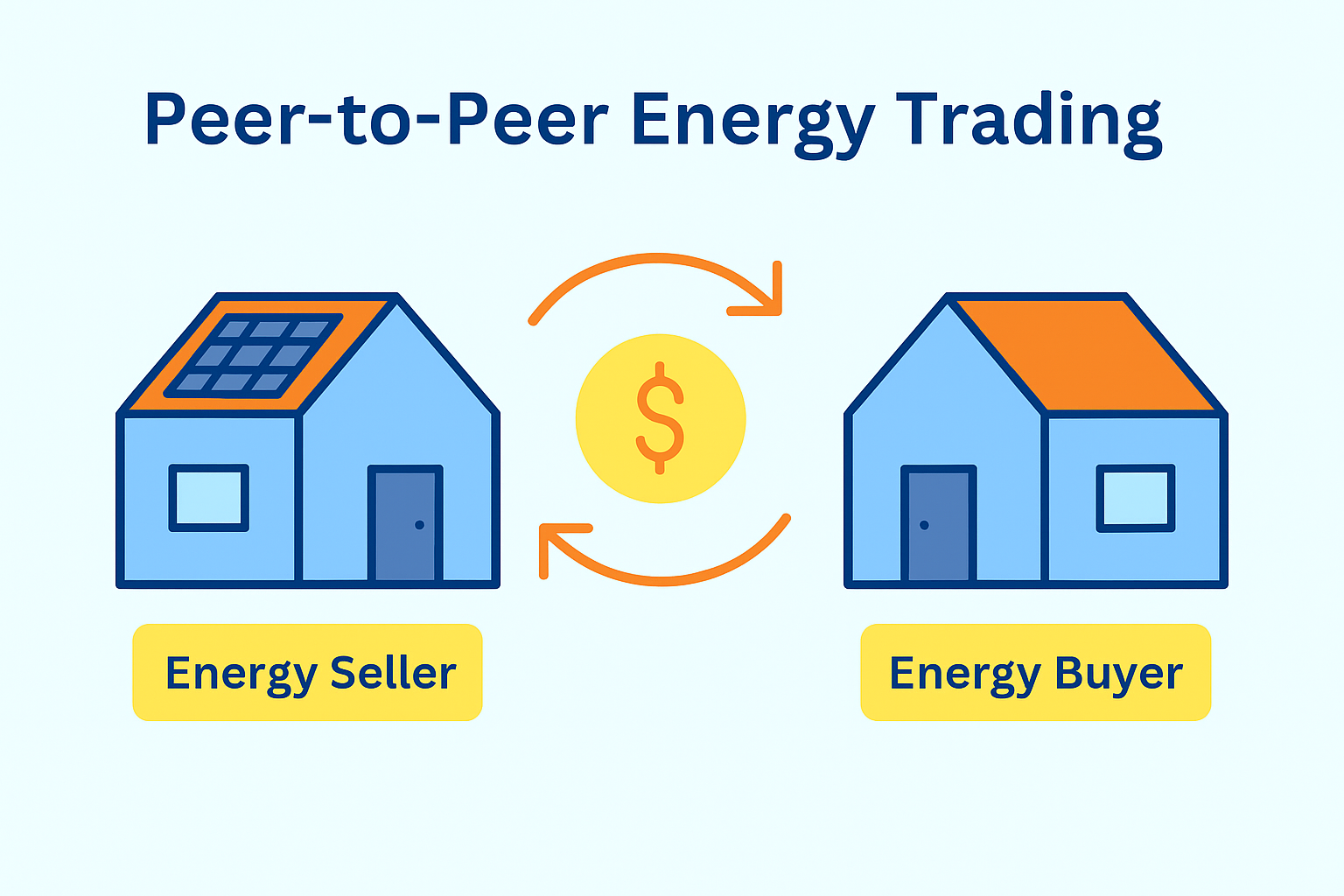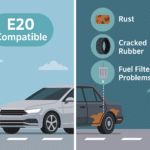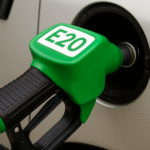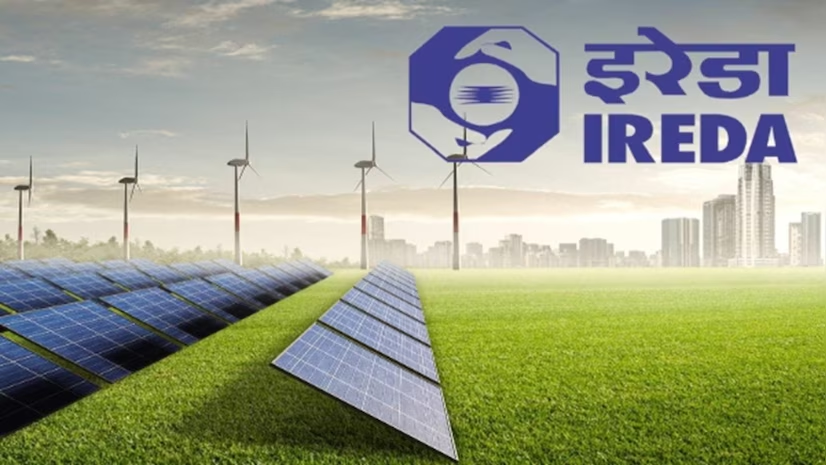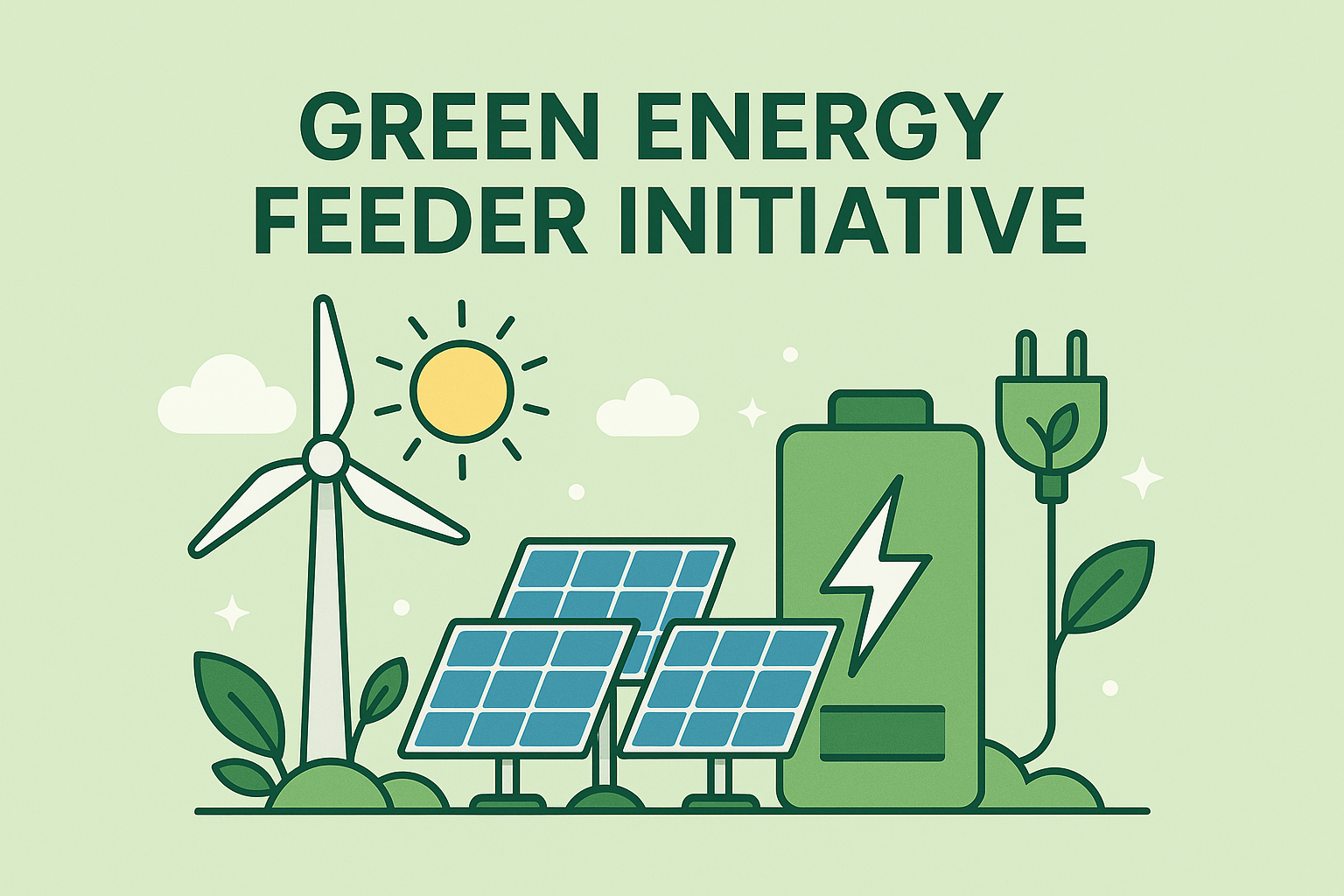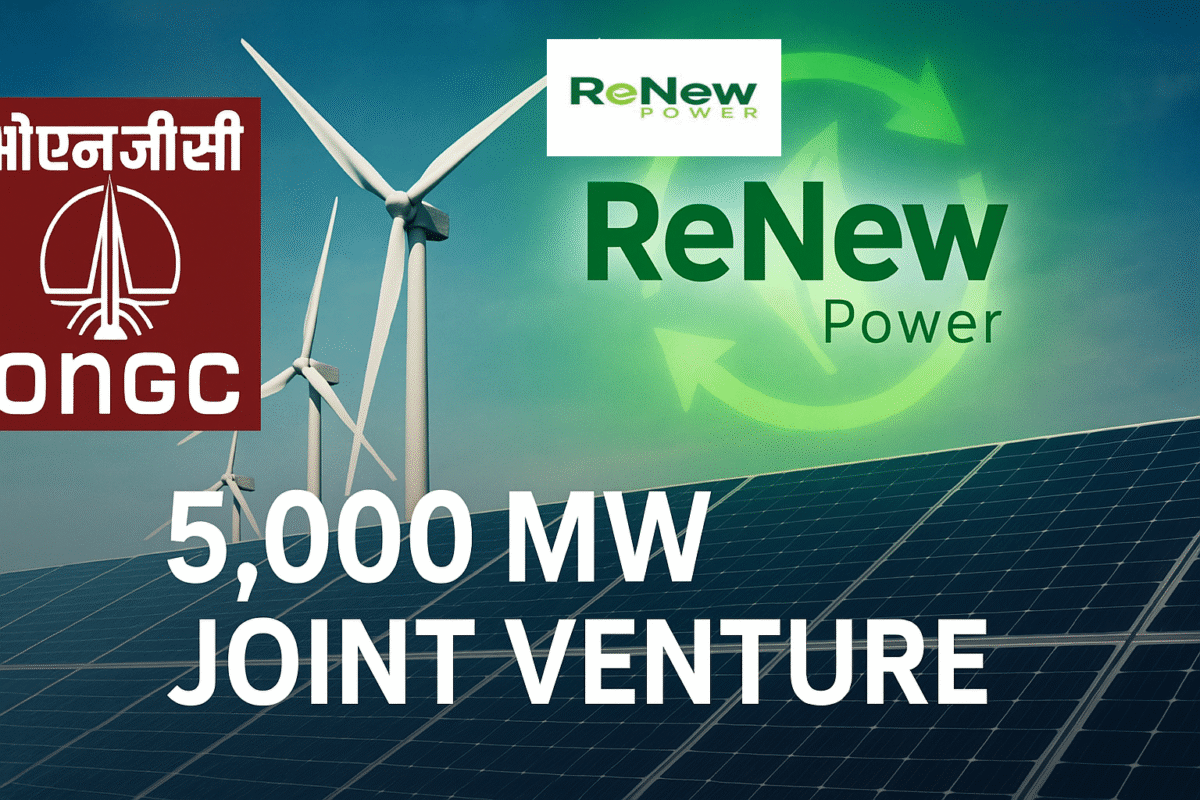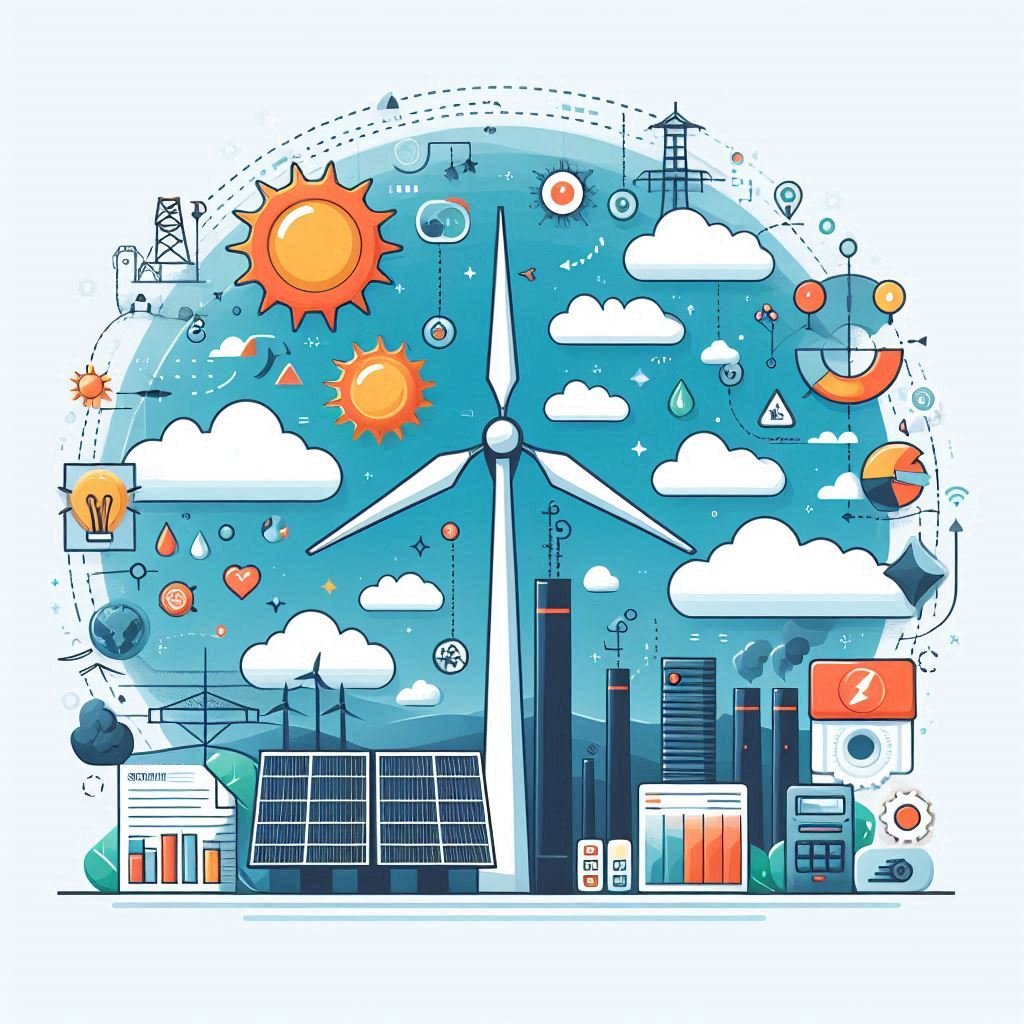India aims to install 500 GW of non-fossil energy capacity by 2030, yet financing gaps threaten its renewable ambitions. The Indian Renewable Energy Development Agency (IREDA), a Navratna public sector enterprise under the Ministry of New and Renewable Energy, has been pivotal in mobilizing concessional debt for clean energy projects. By tapping diverse funding instruments, IREDA helps bridge capital shortfalls and accelerates deployment of solar, wind, and emerging technologies.
IREDA’s Green Bond Announcement
In May 2025, IREDA announced a ₹2,000 crore rupee-denominated green bond. Dubbed a “green masala” bond, the issue will be listed on domestic exchanges and marketed to institutional and retail investors. Proceeds are earmarked exclusively for renewable energy and green hydrogen projects, reinforcing IREDA’s commitment to targeted environmental outcomes.
Track Record: Previous Green and Tier-II Bonds
IREDA’s latest bond builds on earlier successes:
- Early 2025 Green Masala Bond: IREDA raised ₹1,950 crore via a five-year green masala bond listed in Singapore, achieving 120% subscription amid robust global interest in sustainable fixed income.
- March 2025 Subordinated Tier-II Issue: A ₹910.37 crore Tier-II bond enhanced IREDA’s capital base, supporting a broader ₹30,800 crore borrowing program for FY 2025-26 that blends traditional debt with green instruments.
Green bonds allow investors to earmark capital for projects with clear environmental benefits. For IREDA, proceeds will be allocated to new and ongoing renewable energy projects that meet stringent eligibility criteria, including grid-connected solar farms, wind parks, and electrolyzer-based green hydrogen facilities. The bond’s framework will follow the International Capital Market Association’s Green Bond Principles, with annual impact reporting on key performance indicators such as gigawatt-hours of clean energy generated and tonnes of CO₂ emissions avoided. By enhancing transparency and accountability, IREDA aims to build investor confidence and establish a benchmark yield curve for India’s rapidly growing green bond market.
Market Context and Financing Gap
Mobilizing ₹2,000 crore through this instrument will bolster India’s financing pipeline at a critical juncture. Moody’s estimates that India needs to invest approximately 1 percent of its GDP annually—around US $68 billion—to meet its 2030 renewable energy targets, including 500 GW of non-fossil capacity and the development of green hydrogen infrastructure. Despite record renewable capacity additions in recent years, funding gaps persist, especially for emerging technologies like green hydrogen and hybrid renewable systems. IREDA’s green bond will help bridge this gap by mobilizing capital from a broader investor base and demonstrating the bankability of diverse clean energy assets.
The bond issuance also supports broader government objectives. Through the National Green Hydrogen Mission, launched in January 2023 with an outlay of ₹19,744 crore to 2030, India seeks to establish a 5 million-tonne per annum electrolyzer capacity and catalyze domestic manufacturing of electrolysis equipment. IREDA, as a principal financing arm, is pivotal to this mission by providing concessional loans and guarantees. Proceeds from the green bond will be earmarked for pilot and scale-up green hydrogen projects, thus reducing dependence on imported fossil-derived hydrogen and advancing energy security.
Investor response is expected to be robust, given the track record of prior issuances and the growing appetite for sustainable fixed-income products among pension funds, insurance companies, and ESG-oriented mutual funds. Successful execution will not only strengthen IREDA’s balance sheet but also deepen India’s green bond market, encouraging other state-owned and private entities to raise capital through sustainability-linked instruments. In turn, this cascade could unlock additional private sector investment, driving down the cost of capital for renewables and accelerating India’s path to net-zero emissions by 2070.



